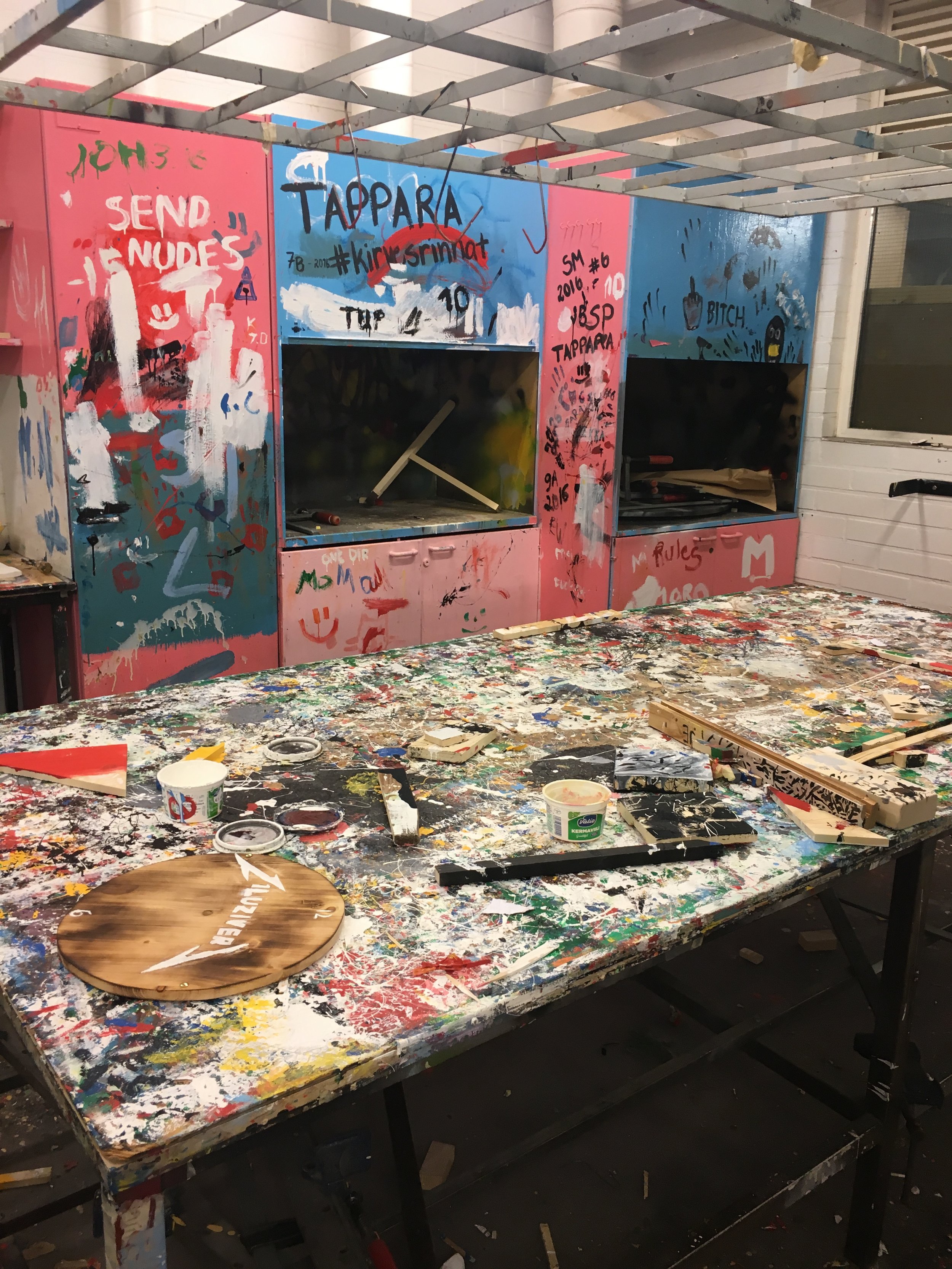The buzziest of buzzwords over the past decade has been this notion of “building relationships” with students. At the beginning of the year, administrators annually remind teachers that good teachers build relationships with students. This is often interpreted as serving as a substitute parent/mentor/guide to all students. Along with the singing of this song, there are few tips provided on how to enact this social-emotional linkage. Those who go too far in one direction—being overly friendly with students—quickly run into snags.
I balk at the definition of the teacher as a substitute parent. Having parented three children, I know full well what kind of energy, commitment, flexibility, and patience it takes to raise a child. It would be impossible to take on 120 adolescents all on my own. One year, at the height of ridiculousness, teachers were ‘assigned’ a student to build a relationship with. My assigned student and I had no prior knowledge of each other and what we tried to do was strained and artificial in every meet-up. This is the kind of error that routinely occurs when leaders put only a piece of theory in place.
As a secondary English teacher, I am ill-equipped to resolve some of the issues students carry along with heavy backpacks as they trudge to the schoolhouse. Though when problems are brought to light, I know who to engage for resolutions and support.
Don’t get me wrong. Students should be in the care of adults they trust and feel safe with, otherwise little growth will occur.
Good teachers know teaching needs to be both warm and demanding to bring out latent potential. A little-recognized tool for social-emotional safety is the placement of predictable routines and practices students can rely on to bounce around within as they grapple with new skills and knowledge. Teaching routines is the secret sauce that lets students in on the invisible side of learning: how we go about thinking and acting on new information. In addition, knowing the expectations and how to achieve them eliminates surprises and the ‘gotcha’ of unanticipated consequences. Through this, trust is built.
With routines in place, we can then do true relationship building: connecting the student to the content of the course. Improving lives is the primary goal of education and students will embrace learning when it connects with their needs and desires now. Jeffrey Willhem, in his study of boys in Reading Don’t Fix no Chevys, found that boys, in particular, want to connect learning with their current lives. They are not motivated by statements like “This will be good for you later.”
Helping students see how content is connected to problems they wish to resolve shifts the problem-resolution into their control. This is the skill that will help them negotiate their lives long after a caring teacher is in the rearview mirror.
Relationship building should look more like this:



